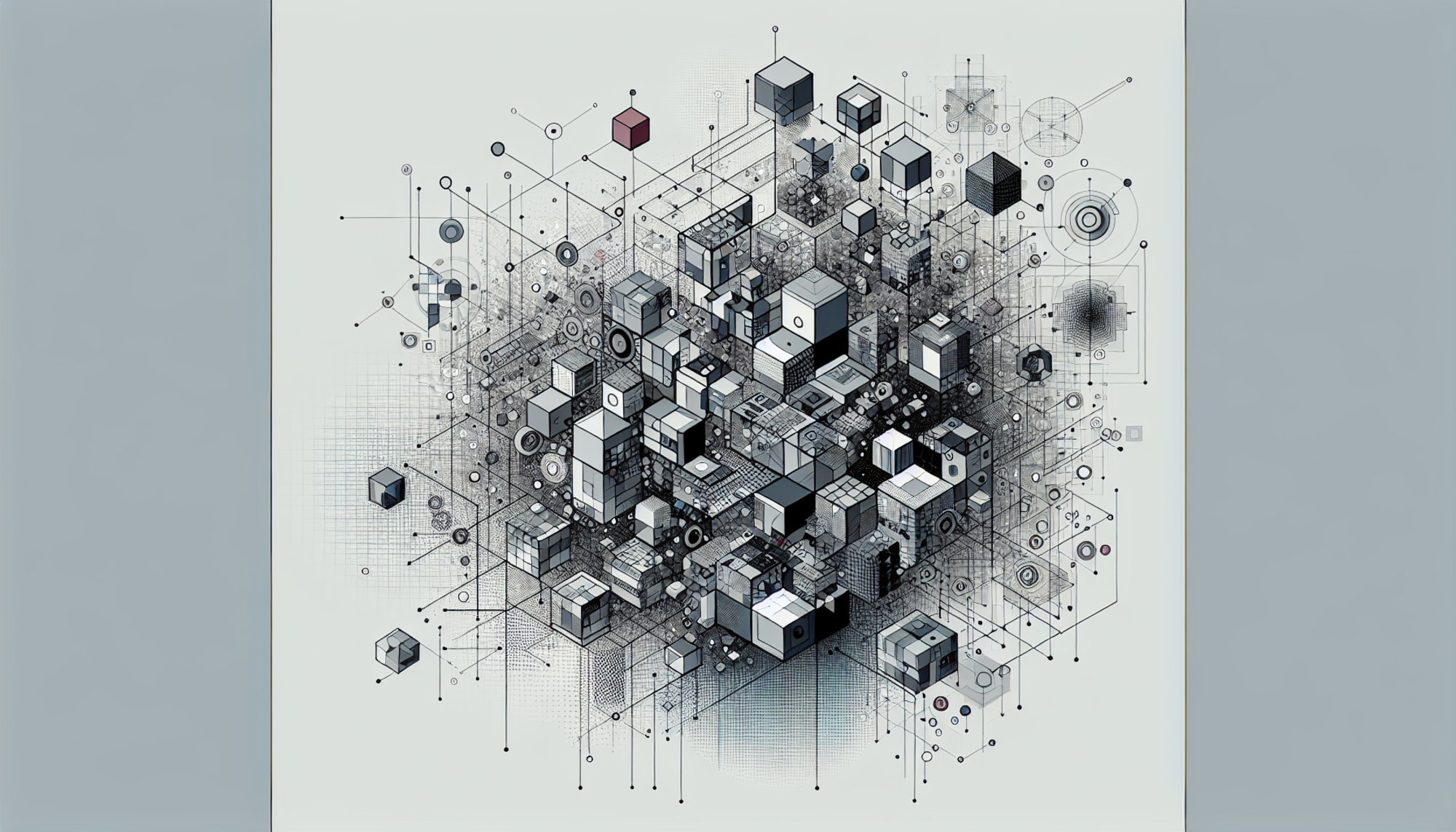Trends in Software Engineering: Security, Insights, and Proofs Ahead!

The wide spectrum of recent blog posts in the realm of software engineering exploratively engages with topics that intertwine data management, security measures, debugging practices, and the evolution of programming paradigms. From advancements in Amazon SageMaker’s capabilities to the unveiling of GitGuardian's MCP Server, there's a noticeable trend towards enhancing developer workflows while prioritizing security and data integrity.
Insights from Amazon SageMaker: Data to Insights
Amazon has recently rolled out new features for SageMaker aimed at streamlining data management and incorporating real-time insights into business strategies (Prakoso, 2025). The integration with Amazon QuickSight allows developers to summarize data visually, facilitating quicker decision-making processes. This combination of tools enhances the synergy between business intelligence and machine learning, calling attention to the growing need for cohesive data ecosystems in modern organizations.
Moreover, the automatic onboarding of datasets from AWS Glue into SageMaker signifies a shift towards minimizing manual configurations, demonstrating that automation should be at the forefront of efficient data management tasks (Prakoso, 2025). Through this development, developers can focus more on deriving actionable insights rather than getting bogged down by the intricate setup processes.
The Rise of Security in Developer Workflows
In tandem with data management advancements, security remains a paramount concern within the software development landscape. GitGuardian's MCP Server takes a bold approach by embedding secrets detection directly within the coding environment (CyberNewswire, 2025). This innovation condenses the security response time, allowing developers to tackle potential vulnerabilities immediately instead of waiting for post-deployment audits.
This proactive stance on security aligns with the contemporary shift towards integrating security measures holistically within development processes—a practice dubbed 'DevSecOps'. The MCP Server's emphasis on contextual security actions positions it not just as a tool for detection, but as an integral ally in maintaining code integrity throughout the development lifecycle (CyberNewswire, 2025).
Debugging: The New Paradigm
Debugging methodologies are also being revolutionized. Amazon's EventBridge now equips developers with advanced logging capabilities, enabling comprehensive tracking of event lifecycles across systems (Prakoso, 2025). Insomuch as event-driven architecture continues to proliferate, the ability to seamlessly monitor and troubleshoot is critical. This evolution underscores the necessity for responsive systems that provide real-time feedback to developers, radically reducing the time spent diagnosing issues.
Such enhancements not only streamline the debugging process, making it less onerous, but they also embody a cultural shift towards embracing transparency and accountability in development workflows. With these tools, teams are equipped to learn from failures more effectively, essentially turning obstacles into learning opportunities.
Understanding Type Systems: The Case of MySQL
Shifting gears, an interesting discourse arises in the realm of MySQL, focusing on `SET` and `ENUM` types (Efimov, 2025). While these data types simplify schema definitions by constraining possible entries, they can lead to unforeseen complications, especially during schema evolution. The pivotal lesson here emphasizes the importance of thorough documentation and understanding the implications of data type choices on system integrity as applications scale.
As developers look to harness these specialized types, acknowledging their limitations and potential pitfalls becomes paramount to maintaining data consistency. Careful manipulation of these types can enhance schema clarity, but as with many solutions in software engineering, they require thoughtful application.
Proven Strategies and Thought Patterns in Programming
Lastly, a blog on cognitive strategies for programming brings attention to the mental frameworks that can elevate developers’ coding practices (Prast, 2025). Emphasizing the practice of mentally proving code correctness during development can foster greater rigor in programming. By treating coding as a proof-writing endeavor, developers can create more reliable software while cultivating a mindset geared towards validation and accountability.
This introspective approach encourages the exploration of concepts such as monotonicity, invariants, and inductive reasoning—tools that can significantly enhance both the quality of code and the developer's overall confidence in their work.
Conclusion: The Confluence of Innovation
The collective insights gleaned from these diverse yet interlinked posts highlight a pivotal moment in software engineering. As developers navigate the duality of complexity and simplicity in modern codebases, the integration of advanced tools, coupled with a proactive security mindset, lays the groundwork for a healthier software development ecosystem. Striking this balance will be essential not only for fostering innovation but also for ensuring resilience against the ever-evolving landscape of challenges in software engineering.
References
- Prakoso, D. (2025). Streamline the path from data to insights with new Amazon SageMaker Catalog capabilities. AWS News Blog.
- CyberNewswire. (2025). GitGuardian Launches MCP Server To Bring Secrets Security Into Developer Workflows. HackerNoon.
- Prakoso, D. (2025). Monitor and debug event-driven applications with new Amazon EventBridge logging. AWS News Blog.
- Efimov, O. (2025). Navigating MySQL Data Types: Sets and Enums. HackerNoon.
- Prast, M. (2025). To be a better programmer, write little proofs in your head. The Nerve Blog.
